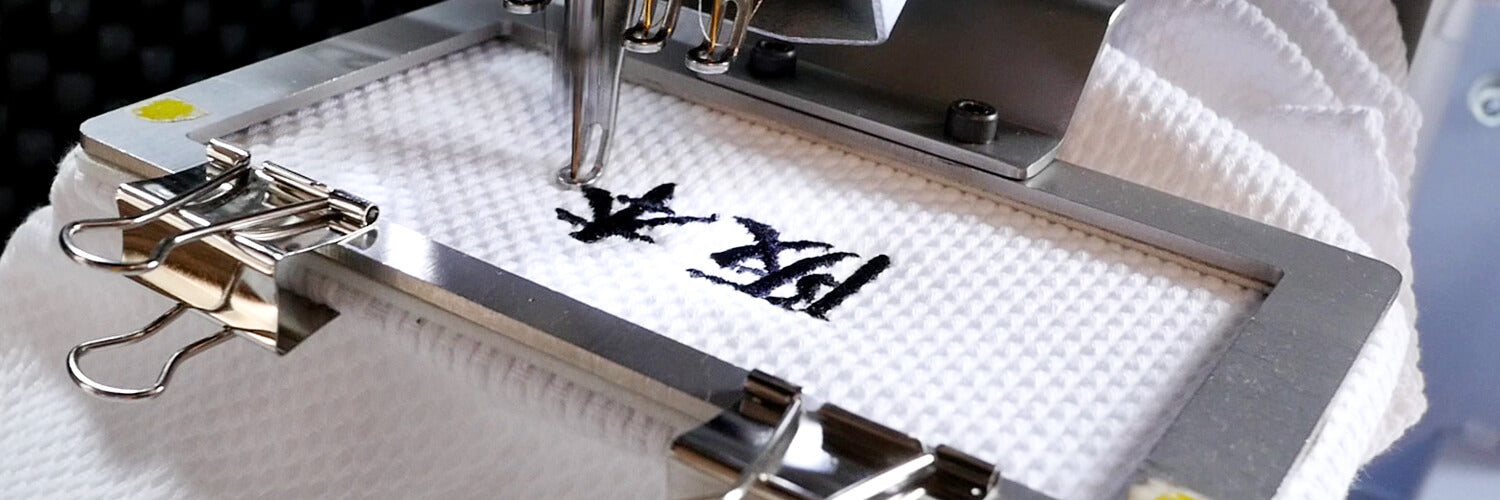
星道では、創業以来、純日本製武道用品を作り上げている各工房の職人とのコミュニケーションを大切に、各工房が直面している様々な問題にともに向き合い、また、一方で日本の職人技術の素晴らしさや純日本製商品の質の高さを世界に発信する活動を精力的に取り組んでまいりました。 この度、宮崎県都城市に現存する4つの木刀工房のひとつである堀之内登製作所が、2019年9月末日をもって製造を終了することとなりました。
タグがついた記事を見る。 : Craftsmanship フィルターを削除

The past few months, we've spent a great deal of time publishing our interviews made at the last wooden workshops of Japan this summer. Aramaki and Matsuzaki's interviews are already live and Nidome's interview is almost ready too. Following our encounter, and consistently with the subject we've discussed in those interviews, Master Aramaki sent a letter to all his partners presenting the situation at his workshop. Here is a free translation of this letter.

August 2017, enjoying the quiet summer months, we traveled across Japan to Miyakonojo and the Kirishima Sankei region to visit 3 of Japan's last Bokken workshops. We've conducted 3 interviews and here's the transcript of the second one with Master Matsuzaki Yoshiaki, including some additional comments and information.

Aizome dyeing, indigo blue, also known as "Japanese blue", is a traditional dyeing existing since the dawn of time. It has long been used in many fields: for working clothes, decorative fabrics to samurai garments and armors. Nogawa Masatoshi, 3rd generation, welcomes us in his studio and introduces to us the traditional indigo as the Nogawa workshop has been making it since 1914.

Having one's training clothes embroidered is the most common thing in Japan. However, westerners often know just little about this topic and some struggle with making the right choice. That is why in this article we are going to talk about embroidery content, show some common mistakes and give advice on how to avoid them and last but not least, explain how we make them at Seido.

As Budoka, most of us feel having moral values superior to those only practicing “sports”, we like to believe that we are better. Are you—as Budoka—more concerned by human conditions and human rights? Are you concerned with the origin of the products you buy and wear? Take your Dogi, your belt and have a look at the label. Pakistan? Bangladesh? China? Japan? Let us examine under what conditions your equipment is manufactured.

The origin of the Iaito does not date back very far, to the 60s or so. The creation of this tool for practice was primarily driven by new laws and regulations, enacted after World War ll. Since then, with the experience of many trades in the manufacture of the Nihonto (Japanese sword), some Japanese craftsmen have developed an expertise, still unparalleled outside the archipelago.
We went to the region called Gifu to visit the workshops Minosaka and Nihon Token (Jisei), two of the most famous in Japan. Familiar with this topic for some years, we had many questions to ask – which we are summarizing here.
月1回発信予定。お客様情報は第三者に開示することはございません。